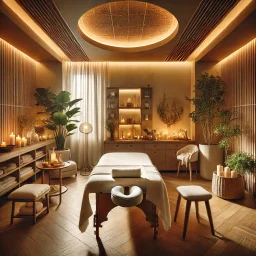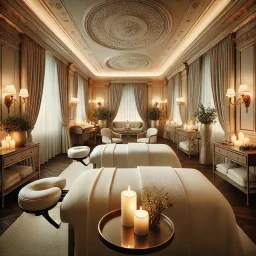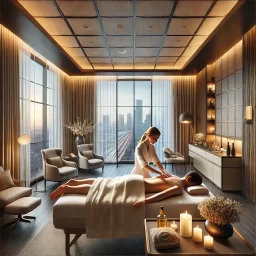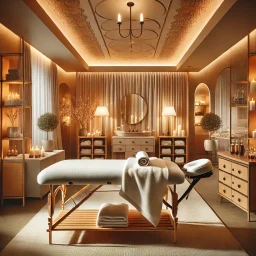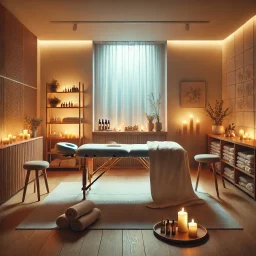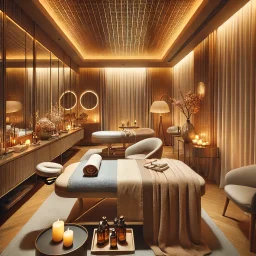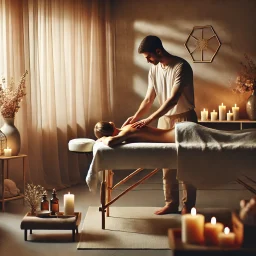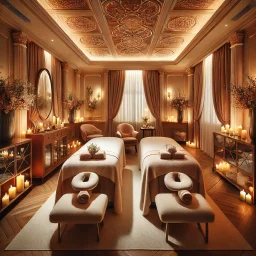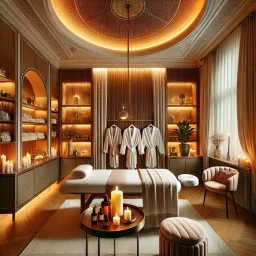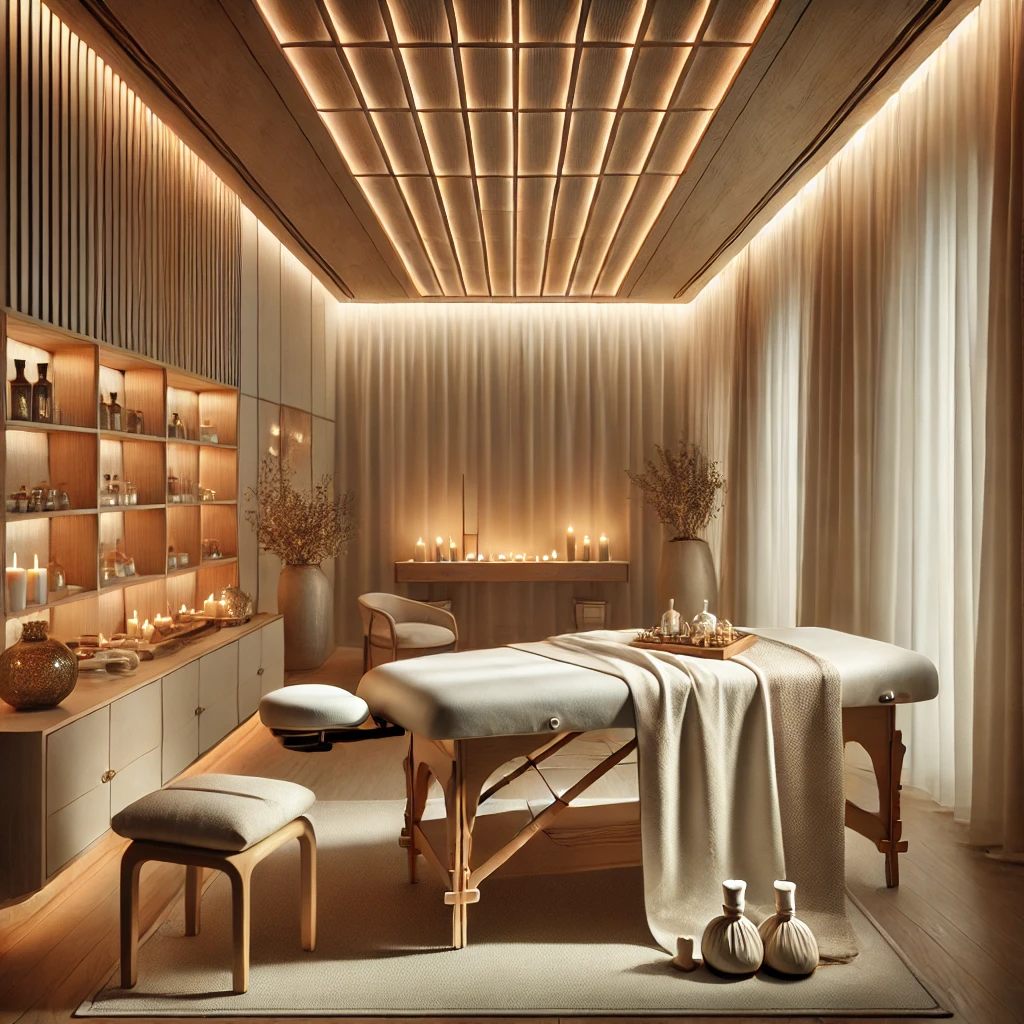
Exploring the History and Evolution of Body to Body Massage in Vienna
1. Body to Body Massage Beginnings in Vienna
Vienna, a city renowned for its art, music, and grand architecture, also boasts a rich history of wellness traditions, including the practice of body-to-body massage. This form of massage, characterized by skin-to-skin contact, not only promotes relaxation but also has deep cultural roots tied to ancient health practices in the region. Understanding the evolution of body-to-body massage in Vienna helps highlight how it became part of the city’s wellness offerings.
Vienna’s spa culture has been influenced by centuries of traditions, starting from ancient Roman practices, to modern wellness trends, making body-to-body massage a highly valued treatment. This post explores how body-to-body massage evolved within Vienna’s broader historical context of massage therapy and spa culture.
2. Ancient Roots of Massage in Vienna
The origins of massage in Vienna can be traced back to ancient Roman times, when thermae (public bathhouses) were established across Europe, including parts of what is now Austria. These baths were designed not just for cleanliness, but also for relaxation and socialization, incorporating a variety of treatments that laid the foundation for modern wellness rituals.
Roman Baths and Early Massage: In Roman society, bathing rituals were central to wellness, with massage being a crucial part of the experience. After bathing in the caldarium (hot bath) and tepidarium (warm bath), patrons would receive massages from unctores (massage practitioners) who used oils to treat the skin and muscles. These treatments were seen as essential for physical health and mental well-being.
The influence of the Roman baths in Vienna continued through the centuries, forming a key part of the city’s wellness tradition. Roman techniques such as frictio (rubbing and friction), combined with therapeutic oils, were used to promote muscle relaxation and detoxification, principles that resonate in today’s body-to-body massage.
Roman and Greek Influence:
While massage techniques were refined in ancient Rome, they drew heavily on earlier Greek medical traditions, particularly those advocated by Hippocrates. Greek physicians had already developed the use of massage as a treatment for injuries and physical strain, and Roman practitioners, including the famous doctor Galen, further adapted these techniques.
Table: Evolution of Early Massage Practices
Period | Development |
Ancient Greece | Massage used for medical purposes by physicians like Hippocrates |
Roman Era | Public baths (thermae) offering massages as part of holistic wellness routines |
Post-Roman Era | Massage traditions continue in religious and monastic settings, laying groundwork for European spa culture |
3. The Rise of Vienna’s Spa Culture
In the 18th and 19th centuries, Vienna became a major hub for European wellness and spa culture. This period marked the rise of spa tourism across Europe, with wealthy individuals from across the continent traveling to spa towns for treatments. Vienna’s proximity to renowned spa destinations like Baden bei Wien further cemented its reputation as a center for health and relaxation. Spa towns in Austria, including Baden, were famous for their thermal and mineral springs, attracting the nobility, bourgeoisie, and artists alike for therapeutic treatments, entertainment, and socialization.
Vienna’s elite would frequent spa towns such as Baden, where they could bathe in warm sulfur springs that had been used since Roman times. This connection between luxury, health, and social interaction became a defining feature of the city’s wellness traditions. By the 19th century, these spa towns were not only known for their healing properties but also for their contributions to Viennese high culture, with figures like Beethoven composing while enjoying treatments at these spas.
Table: Key Developments in Vienna’s Spa Culture (18th–19th Century)
Time Period | Development |
18th Century | Spa tourism rises, mineral baths become central to health practices |
19th Century | Nobility and artists, including Beethoven, frequent spa towns |
Late 19th Century | Integration of spa treatments with luxury and social entertainment |
4. Influence of Eastern Massage Traditions
As Vienna’s spa culture evolved, it began integrating influences from the East, particularly in the late 19th and early 20th centuries. The rise of global travel introduced European spa-goers to Eastern techniques like Thai massage, Ayurveda, and Balinese massage, which focus on holistic wellness and mind-body balance.
These Eastern influences were adapted into Vienna’s own wellness practices, blending local traditions with techniques that emphasized energy flow and deep relaxation. This fusion of Eastern and Western approaches contributed to the development of more intimate forms of massage, including body-to-body massage, which focuses on both physical and emotional healing. Today, body-to-body massage in Vienna combines the fluid, rhythmic movements typical of Eastern practices with the European spa tradition of relaxation and luxury.
This blending of traditions reflects Vienna’s openness to global wellness trends and its dedication to offering comprehensive health treatments that cater to both body and mind.
Table: Eastern Massage Influences in Vienna
Eastern Tradition | Incorporation in Vienna |
Thai Massage | Focus on pressure points and energy flow |
Balinese Massage | Integration of holistic wellness and full-body relaxation |
Ayurveda | Use of oils and herbal treatments in spa therapies |
These historical and cultural developments helped shape Vienna’s modern wellness scene, where ancient practices blend seamlessly with contemporary techniques to offer a holistic approach to health.
5. The Modernization of Body-to-Body Massage in Vienna
As Vienna entered the 21st century, the city’s wellness industry evolved to meet the changing demands of modern life. Body-to-body massage, once a niche offering, has become increasingly popular as individuals seek more personalized and holistic treatments to balance physical and emotional well-being. This form of massage is now seen as both a luxury service and a therapeutic practice.
1. Professionalization of Body-to-Body Massage
In recent years, the body-to-body massage industry in Vienna has undergone significant professionalization. Licensed practitioners have refined the practice to focus not only on physical relaxation but also on emotional healing, incorporating elements of mindfulness and energy balancing . Today, therapists emphasize the therapeutic nature of body-to-body massage, ensuring a professional and respectful environment where clients can experience full-body relaxation without discomfort.
2. A Holistic Approach
The modern practice of body-to-body massage in Vienna incorporates both physical and emotional aspects of wellness. By promoting skin-to-skin contact, this massage style enhances emotional connection and reduces stress. The holistic approach means that sessions are tailored to each client’s specific needs, often blending massage with other wellness techniques such as aromatherapy and mindfulness .
Table: Evolution of Body-to-Body Massage in Vienna
Time Period | Development |
Early 20th Century | Introduction of Eastern influences, early adoption |
Late 20th Century | Professionalization and refinement of techniques |
21st Century | Growth in popularity as part of holistic wellness |
The rise of body-to-body massage in modern Vienna reflects the city’s commitment to wellness and luxury, making it a top choice for individuals seeking both relaxation and emotional balance.
6. Current Trends and Popularity in Vienna’s Wellness Scene
Vienna’s modern wellness scene continues to thrive, with body-to-body massage now regarded as a mainstream service offered in high-end spas and private practices alike. As part of a broader trend towards holistic wellness, body-to-body massage has gained popularity for its ability to combine physical and emotional benefits.
1. Integration with Other Wellness Practices
In today’s Vienna, body-to-body massage is often combined with other wellness treatments like aromatherapy, reflexology, and energy healing. These fusion techniques provide a more comprehensive approach to relaxation and self-care, allowing clients to personalize their sessions based on individual needs. For example, combining essential oils with body-to-body massage enhances the sensory experience, providing deeper relaxation and improved emotional well-being.
2. Appeal to a Diverse Clientele
The growing popularity of body-to-body massage in Vienna extends across a wide range of clients, from busy professionals seeking stress relief to travelers looking for luxury spa experiences. The city’s reputation for high-end wellness services has attracted global tourists who come to Vienna to experience its renowned spa culture. With an emphasis on personalization, many practitioners offer tailored packages that cater to specific emotional or physical issues, further broadening its appeal.
Table: Current Trends in Vienna’s Body-to-Body Massage
Trend | Description |
Fusion Treatments | Combining body-to-body massage with aromatherapy or reflexology for a holistic experience |
Personalization | Customizing massages to suit individual emotional and physical needs |
Tourism and Wellness | Body-to-body massage as part of Vienna’s luxury wellness tourism market |
In today’s Vienna, body-to-body massage has become a staple of the city’s wellness offerings, continuing to evolve as it integrates with global wellness trends and responds to the needs of a diverse, wellness-focused clientele.
7. Benefits of Body-to-Body Massage in Modern Vienna
In modern Vienna, body-to-body massage is recognized for its numerous health benefits, both physical and emotional. This holistic practice goes beyond traditional massage techniques by promoting a unique sense of connection, relaxation, and healing through skin-to-skin contact. Here’s a breakdown of the primary benefits that make body-to-body massage a sought-after treatment in Vienna’s wellness scene.
1. Physical Health Benefits
- Improved Circulation: The fluid, rhythmic movements used in body-to-body massage help to stimulate blood flow throughout the body. Improved circulation means better oxygen and nutrient delivery to tissues, aiding in muscle recovery and overall health.
- Muscle Relaxation: The direct contact and gentle pressure applied during body-to-body massage help to relieve muscle tension and stiffness, making it an effective therapy for those suffering from chronic pain or muscle fatigue.
- Detoxification: Enhanced blood flow also promotes lymphatic drainage, which helps to remove toxins from the body. This cleansing process is particularly beneficial after long periods of stress or physical exertion.
2. Emotional and Mental Health Benefits
- Stress Reduction: One of the most significant emotional benefits of body-to-body massage is its ability to reduce stress and anxiety. The close physical connection releases oxytocin, often referred to as the “love hormone,” which helps promote feelings of comfort and emotional well-being.
- Emotional Healing: Many clients use body-to-body massage as a way to process emotions, particularly if they are dealing with stress, trauma, or emotional fatigue. The skin-to-skin contact helps create a safe space where emotional tension can be released.
- Mindfulness and Relaxation: By focusing on the physical sensations of the massage, clients can practice mindfulness, which helps calm the mind and encourages mental clarity.
Table: Key Benefits of Body-to-Body Massage
Category | Specific Benefits |
Physical Health | Improved circulation, muscle relaxation, detoxification |
Emotional/Mental Health | Stress reduction, emotional healing, increased mindfulness |
The combination of these physical and emotional benefits makes body-to-body massage an ideal choice for individuals seeking a well-rounded wellness experience in Vienna.
8. My Feeling about The Future of Body-to-Body Massage in Vienna
The future of body-to-body massage in Vienna is bright, as the practice continues to evolve in response to growing wellness trends. As the city remains a prominent player in the global wellness industry, body-to-body massage is set to become even more integrated into the self-care routines of both locals and visitors alike.
1. Increased Personalization and Customization
- Tailored Treatments: As clients seek more individualized services, we expect a rise in personalized body-to-body massage sessions. Therapists are likely to offer sessions that combine body-to-body techniques with other wellness practices, such as aromatherapy, mindfulness exercises, and energy work, to create a fully customized experience.
- Integration with Technology: In addition to traditional practices, advancements in wellness technology may soon play a role in enhancing body-to-body massage. The use of wellness apps for booking and tracking emotional or physical progress may help therapists better tailor their services to client needs.
2. Growing Popularity Among Wellness Tourists
- Spa Tourism: Vienna is a hotspot for wellness tourism, with visitors from around the world coming to experience its renowned spa culture. Body-to-body massage, with its emphasis on both luxury and holistic healing, is expected to remain a key attraction for international visitors seeking a deep, transformative experience.
- Global Wellness Trends: As wellness trends continue to emphasize mental health and emotional well-being, body-to-body massage will remain relevant in helping individuals manage stress, build emotional resilience, and reconnect with their bodies.
Table: Future Trends in Body-to-Body Massage
Trend | Description |
Personalized Treatments | Sessions tailored to individual needs, combining multiple wellness techniques |
Wellness Tourism Growth | Increasing appeal to international visitors seeking luxurious, holistic treatments |
Integration with Technology | Use of wellness apps and technology to enhance treatment outcomes |
The future of body-to-body massage in Vienna lies in its ability to adapt to modern wellness demands while staying true to its roots in relaxation and emotional healing. As this massage practice continues to grow in popularity, it will remain an essential part of Vienna’s thriving spa culture, offering both locals and tourists a truly transformative experience.





